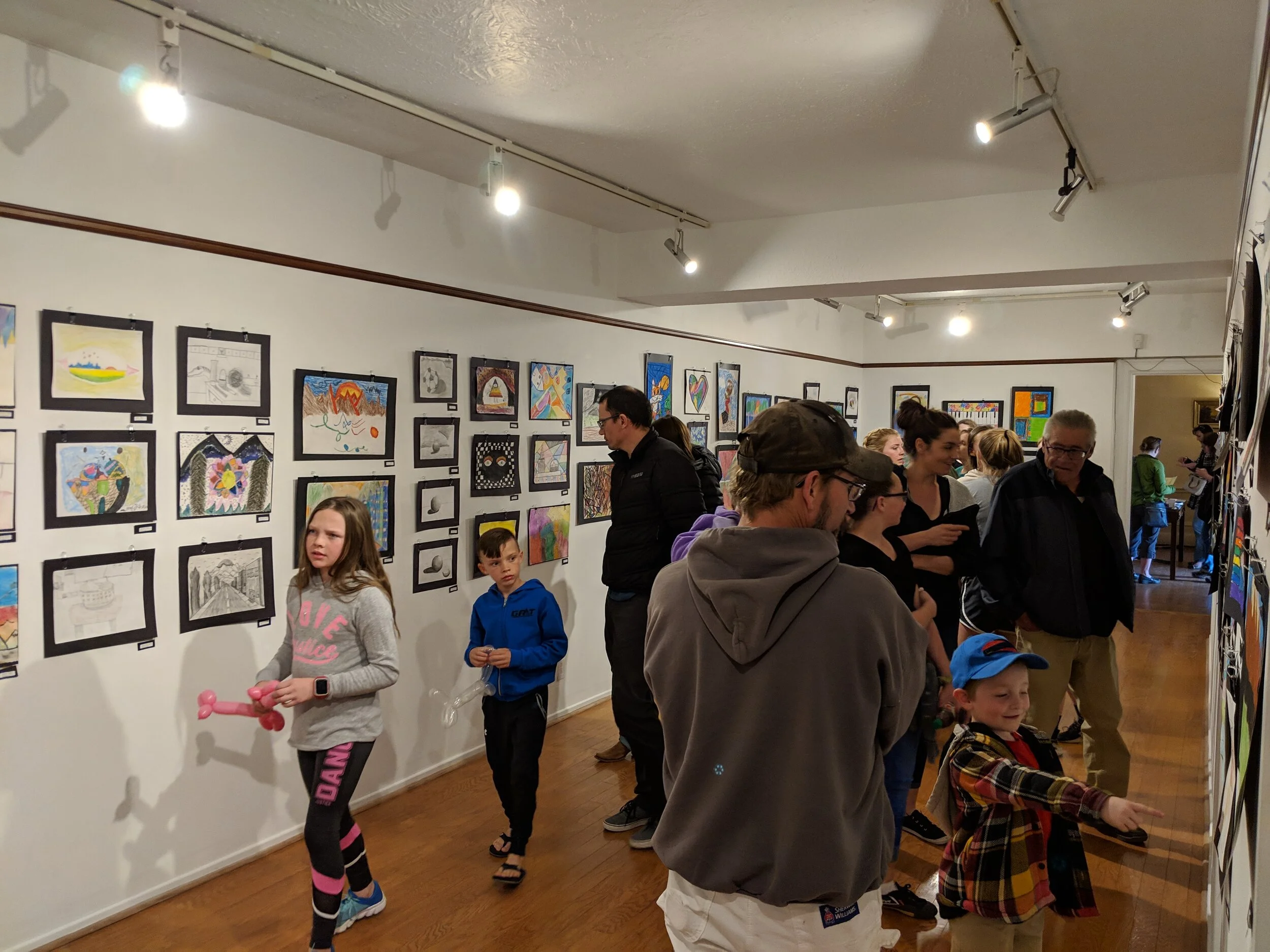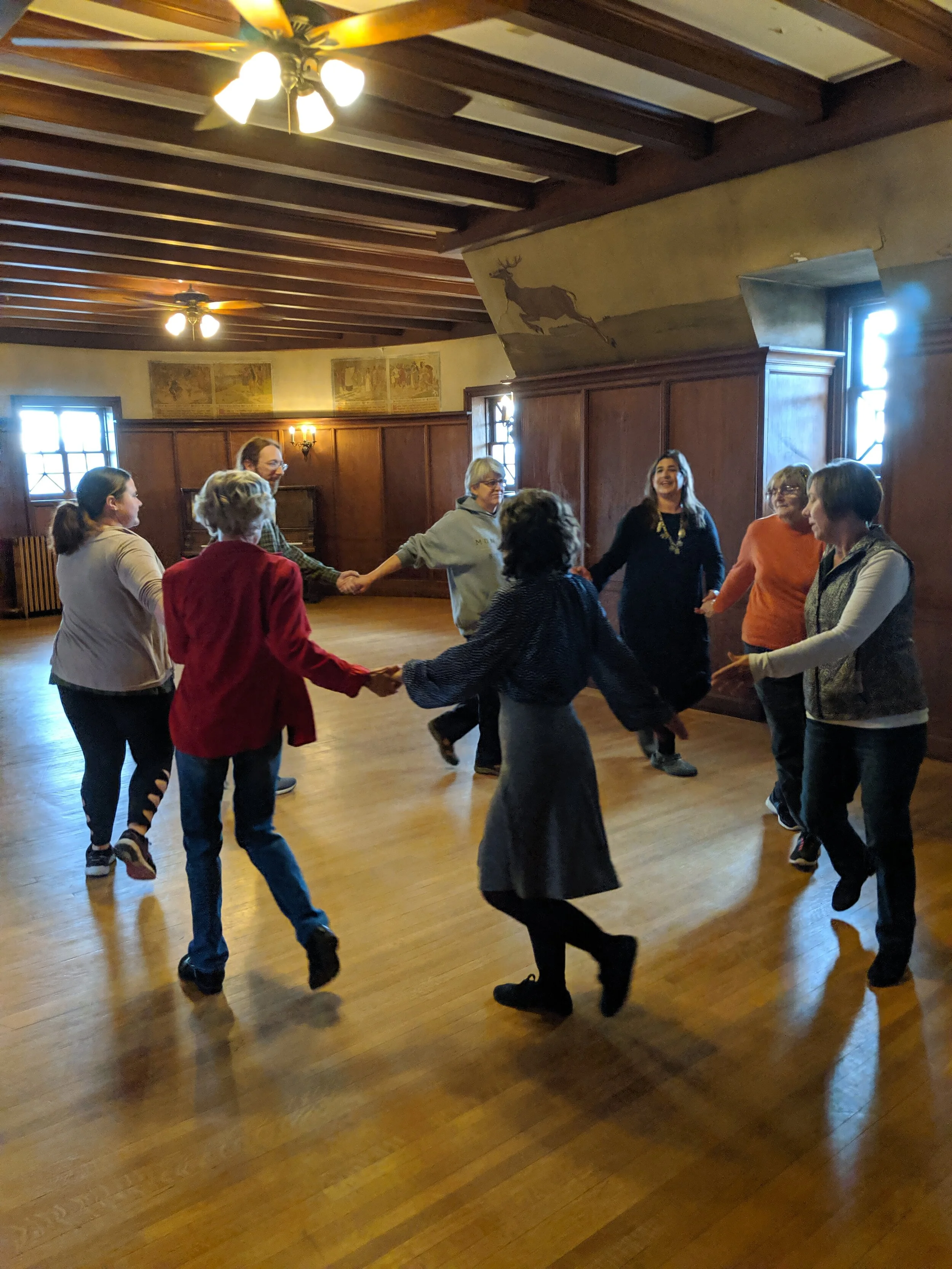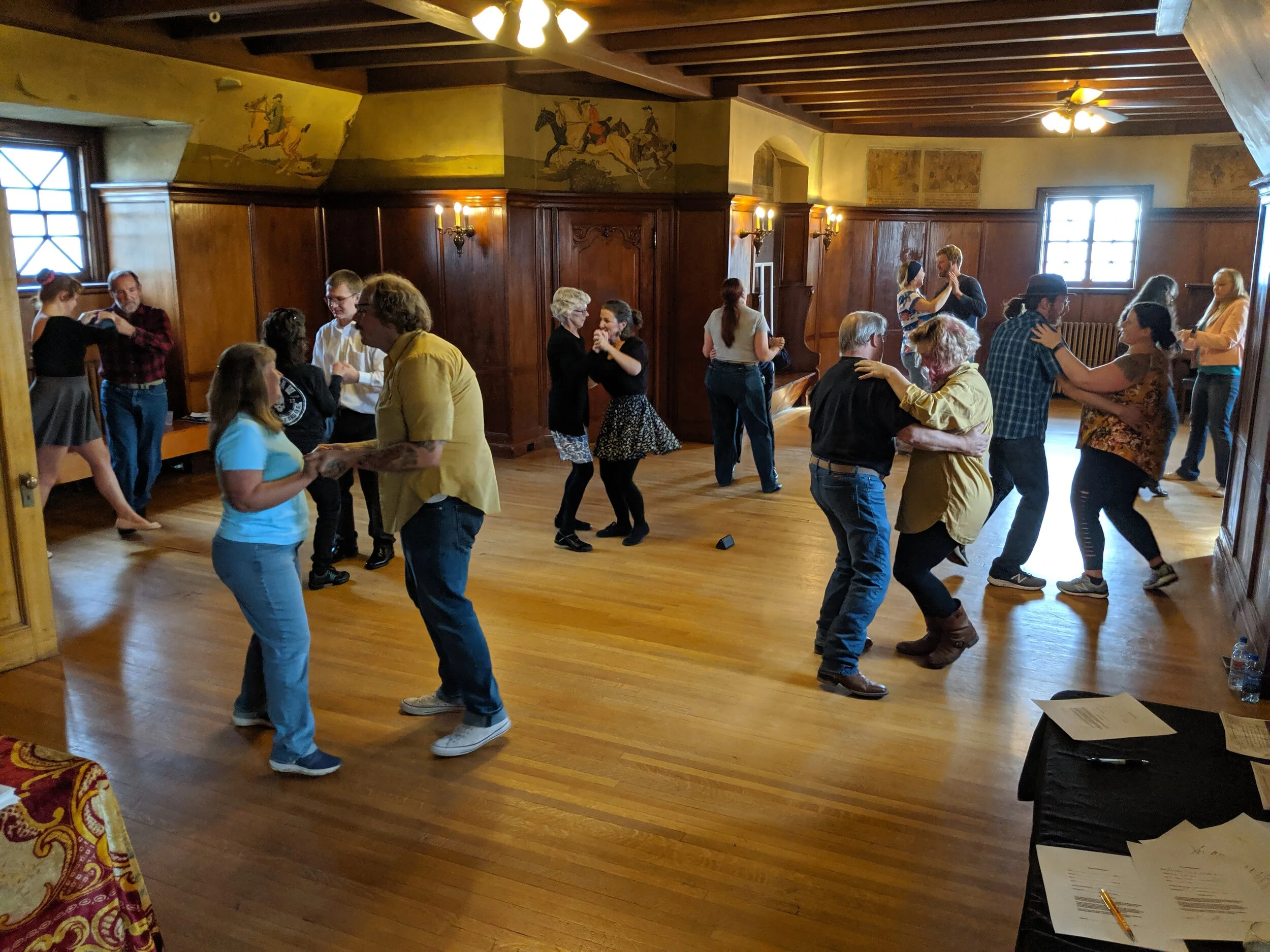Historic Clark Chateau, Butte MT
Where history lives and stories grow
ABOUT
The Mission of the Charles Clark Chateau is to preserve the historic building under the ownership of Butte-Silver Bow and encourage its active use by providing a space and support for the community and visitors to gather and engage in cultural, artistic and humanities programming. The Root & the Bloom Collective, a non-profit organization, raises funds to support the art and culture programming for youth and adults provided by the Historic Clark Chateau. Through grants, donations and volunteer time, they support and ensure that the arts and humanities programming at the Clark Chateau keeps this historic building thriving as a vibrant community space.
The Clark Chateau currently is a haven for the Arts and Humanities in Butte. While maintaining the building’s historical integrity, it is opened up as a space for community use. This is done through public music events, play readings, dance gatherings, art shows in the Clark Chateau gallery, lectures and readings, and an array of workshops and programs for the youth of Butte. The Clark Chateau operates under the umbrella of the Butte-Silver Bow Public Archives.
HISTORY
The Clark Chateau was built by copper magnate William A. Clark for his oldest son Charles, with construction beginning in 1898. It was designed by architect Will S. Aldrich, and was based on a French chateau that the younger Clarks had seen on their honeymoon.
Charles Clark and his wife, Katherine, lived in the Chateau until 1902, when they quietly relocated to California following a bribery scandal. Katherine died soon after from complications from diabetes, and Charles remarried, starting his life over in San Francisco.
The house was sold in 1906 to Pat Wall, a mining investor, and passed through the hands of several prominent Butte families over the years. In 1910, the Montana state song was composed in the Chateau’s music room by Charles Cohan and Joseph Howard, guests of then-owner Creighton Largey.
Copper magnate James A. Murray purchased the house in 1915, and from 1917-1919, he leased the Chateau to the Butte College of Music. His nephew, Senator James E. Murray inherited the Chateau in 1921 and lived there with his family from 1928-1945. Most of the current decorations date to this time.
The Shriners, an organization associated with Freemasonry, took over the building in 1949 and used the space for its elite Fez Club. Many social events, weddings, and Shriners activities took place here through the years. In 1977, the Chateau was bought by the Silver Bow Bicentennial Committee, and then sold to the City of Butte for use as an arts center and museum. It is still owned by the local government, and has been operated by the Butte-Silver Bow Public Archives since 2013.
















